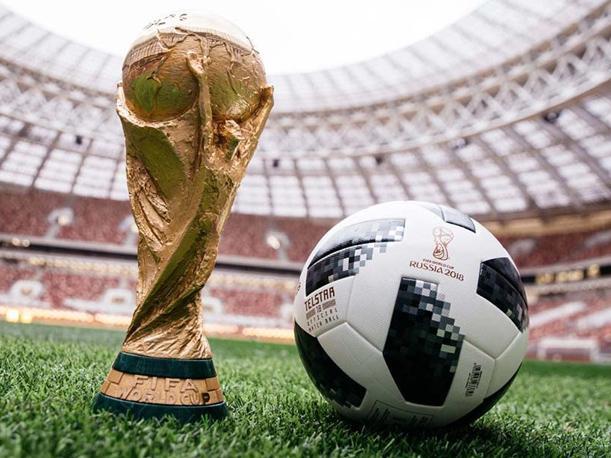Carlsberg ‘The Danish Way’ / Fold7
Tuesday April 25, 2017 | Leave a comment

A green colour scheme. A logo resembling a shamrock. A legacy of sponsoring the Football Association of Ireland. You wouldn’t be the first person to mistake Carlsberg to be an Irish lager. Vice president for marketing at Carlsberg, Liam Newton, admitted in a recent Campaign interview that most people don’t know that Carlsberg originates from Denmark. Carlsberg is looking to change this misconception and win new business for its Export variant with the release of a £15m campaign focusing on its Danish heritage.
Danish born actor Mads Mikkelsen stars in ‘The Danish Way’, a 60-second film championing the Danish lifestyle. Mikkelsen takes to the streets in typical Danish fashion, via bicycle, to guide viewers on a tour of iconic Copenhagen landmarks such as Amalienborg Palace and the Kastrup Sea Baths. Along the way he philosophises on what makes his country one of the happiest nations in the world. After cycling through a Danish apartment and a beautiful long-table ‘hygge’ forest picnic, Mads arrives at the Carlsberg Brewery, where he enjoys a Carlsberg Export and ultimately decides the country’s happiness comes down to the beer.
Big changes in Carlsberg’s marketing strategy began in November when it announced the start of a heritage focused drive. The rebranding came after a year of customer research, analysis and trend-monitoring and is a valiant effort to revitalise a brand in decline. The strategy kicked off in January when the beer brand rebranded its Carlsberg Export premium variant label to look like a Nordic cross with the words "Carlsberg of København" prominently displayed. A new gold and white colour scheme was also introduced to differentiate it from Carlsberg and Carlsberg 0.0% which retained the brand’s traditional green bottle. The advert also introduces the brand’s new ‘København’ glassware and ‘Dansk’ font, which launched in the UK on-trade in January.
Carlsberg is well known for its long-running ‘If Carlsberg Did…’ work which saw it create a giant pop-up bar made entirely out of chocolate for Easter last year, as well as use the campaign as a base for its 2016 UEFA Euro activation. So why the sudden change in marketing direction? Associating itself with fun experiential projects and football didn’t do much in the way of asserting the quality of the Export brand. In fact, past packaging made little effort to distinguish the more up-market Export variety from the original Carlsberg Pilsner-style lager. The brand’s latest effort is aimed at getting drinkers to reappraise the brand through its Danish provenance in order to help it stand apart from other lagers.
The move is increasingly popular among lager brands. Heineken and AB InBev have also turned to this tactic: Foster’s latest ‘Thirstiest Men on Earth’ spot comes to mind as a particularly good example, as well as Stella Artois’ ‘The History of Sebastian Artois’ campaign from last spring. Focusing on heritage allows brands to distinguish themselves and reduce the likelihood of being seen as interchangeable.
Even with a big budget, the revitalisation of the Carlsberg name won’t come overnight. But the brand is turning this marathon mission into a sprint through a wide activation plan launching at the onset of the key barbecue and beer garden season. First, Carlsberg will drive awareness by giving away over 200,000 Carlsberg Export ‘København’ glasses in the off-trade as a gift with purchase. OMD has also arranged for digital, cinema, social, VOD, experiential and OOH activations to play a role in the campaign ensuring maximum exposure. The brand has gone even further to woo the ever-important millennial audience, utilising a partnership with Shazam to allow users to scan Carlsberg Export branding to access a digital platform and win Danish-inspired prizes. A five-year deal with Live Nation will also see the beer connect with millennials at the UK's top festivals, including Reading, Virgin V Festival and Latitude.
The TV ad launched on 21 April and is currently scheduled to run until 15 May before returning for a second four-week run in September.




